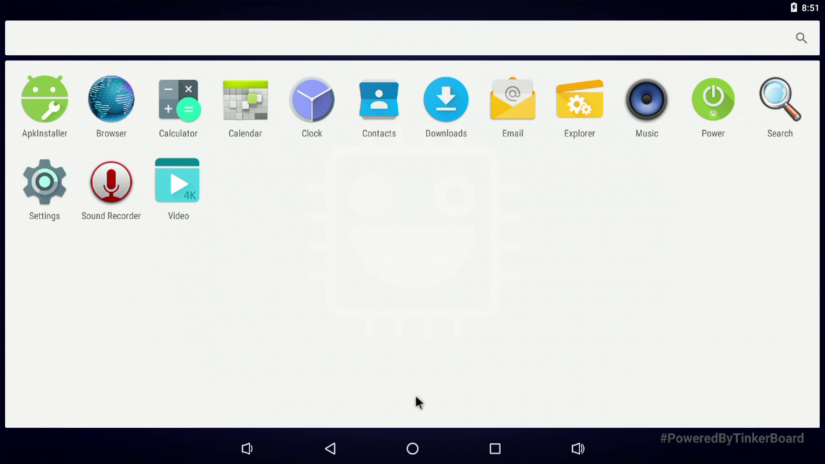
- #How to change default video player asus tablet generator
- #How to change default video player asus tablet software
- #How to change default video player asus tablet windows
If conflicts exist, skip down to the conflicts section.

If this option is not available or is grayed out, skip to the next section of this page.
#How to change default video player asus tablet windows
Check Windows volume control settingsĬheck for a small sound icon in the Windows notification area in the bottom right corner of the Windows desktop.
#How to change default video player asus tablet software
If the software's sound settings are not muted, and you increased the sound volume in the software settings, but you still have no sound, continue to the next section. Unmuting the sound or increasing the sound volume often fixes the problem and restores your sound. Muted or very low sound is often a default sound setting in music or video playback software, and online video sites, like YouTube. Look for a speaker icon or sound settings in the software menu bar or status bar, and check if the sound is muted or turned down. Many software programs and games have settings for controlling sound output, and these settings can override the volume settings in Windows.

#How to change default video player asus tablet generator
(avoiding abominations like div class="header" with nested inner div tags) the easier it will be to engineer responsiveness, especially avoiding floats by using CSS Grid Layout (Sarah Drasner's grid generator is a great tool for this) and flexbox for arranging and re-ordering according to your RWD design plan.If you don't hear any sound through your speakers when playing a song, video, game, or other sound-related activities, review the sections below for help on troubleshooting the issue. Use semantic markupįurther, the simpler and more semantic the DOM structure with nav, header, main, section, footer etc. See Lyza Gardner's post on behavioral breakpoints, and also Zeldman's post about Ethan Marcotte and how responsive web design evolved from the initial idea. In other words, if a menu/content section/whatever stops being usable at a certain size, design a breakpoint for that size, not for a specific device size. The integrity of the design itself at each breakpoint ensures that it will hold up at any size. If you're not trying to pin design to exact screen size, this approach works by removing the need to target specific devices. Once you have a good working mobile site, without media queries, you can stop being concerned about specific sizes and simply add media queries that handle successively larger viewports. The 'breakpoints' then become the actual point at which your mobile design begins to 'break' i.e. You can use to find the 'natural' breakpoints, as in 'breakpoints are dead' by Marc Drummond. repeat the process until you reach the next breakpoint.



 0 kommentar(er)
0 kommentar(er)
